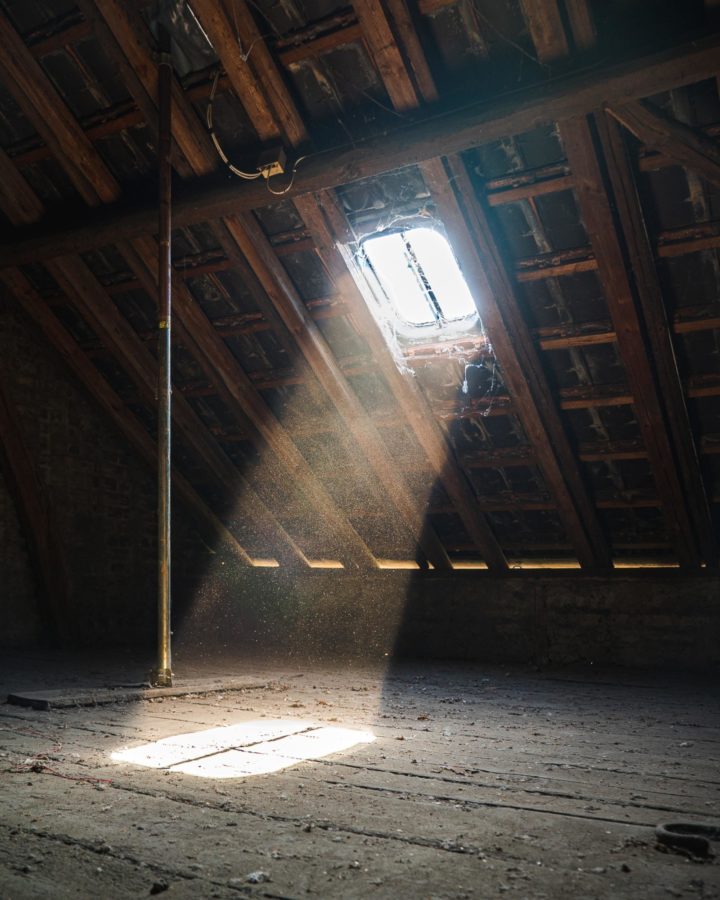Record warm spring shines light on overheating homes
20% of homes currently overheat every summer, but global warming means that this is likely to rise. Homes that are better designed and built now can help protect families from overheating

By Jess Ralston
@jessralston2Share
Last updated:
The British are famously obsessed with the weather. Too hot, too cold, windy or wet, we’ll find a way to talk about the climate. But come rain or shine, our homes are our castles, refuges from the rain and shelter from the sun.
As the climate gets hotter in the UK – extreme heat waves associated with global warming are expected to occur twice a decade now, compared to twice a century in the early 2000s – our home’s ability to keep us cool in the summer is likely to become just as important as its ability to keep us warm and cosy in the winter.
There’s been evidence of this over the last few months, with April being the sunniest on record and many struggling to keep cool as family life moves indoors. Ensuring that homes, once built, will not need to be upgraded for decades should be a focus of the construction industry, however unfortunately many new homes are not designed for a world that’s getting warmer.
Existing homes, of which 80% in existence today will still be around in 2050, stand even less of a chance.
And even though they are probably the most expensive things we will ever buy, we talk less about the actual quality of our homes and more about its location, space and proximity to amenities.
This is surprising given that poor quality, cold homes were associated with over 23,000 excess winter deaths in England and Wales in 2019, and inadequately ventilated, stuffy homes mean that 20% of homes in England alone currently overheat in the summer. By the 2050s, hot homes are expected to endanger thousands of people’s lives every year.
Lord Krebs from the Government’s advisors the Committee on Climate Change (CCC) advised the Government back in 2015 to consider overheating as part of the Housing and Planning Bill.
But his advice was not heeded and there has been no change since then, resulting in over 870,000 more houses being built that are not up to the job.

A hot topic
The causes of overheating homes are more complicated than appear at first glance. Slapping insulation onto a home without proper thought runs the risk of swapping one set of problems for another.
Quick and dirty upgrades to the design of new homes to meet efficiency regulations, as well as shoddy upgrades to existing houses can trap too much heat into homes.
Good design and installation can actually reduce overheating, so making sure that any future energy efficiency policy - especially a national scheme that could play a part in kick-starting the economy - includes this is key.
The CCC have gone so far as suggesting that a statutory requirement for reducing overheating is necessary. That would mean requiring consideration and mitigation of overheating in new builds as part of Building Regulations.
The ‘performance gap’ phenomenon also causes problems with housing quality right across the UK. Even homes that are designed well, with good ventilation and reduced risk of overheating, may not ultimately be delivered.
Efforts will also be needed from the housebuilding industry, of which a large part is famously reluctant to embrace low carbon regulations. With many companies hoping for a state handout, now could be the time for ministers to take a tougher line.
Keeping homes cooler
Some might say that the solution to overheating lies in air conditioning. However air conditioning is costly (up to £266 per year), uses a lot of energy and pushes the hot air outside, simply making it someone else’s problem.
Instead, it’s suggested that passive cooling measures like appropriate levels of ventilation, avoiding lots of windows in south facing areas, and green rooves and walls could be carried out at ‘little to no additional cost’ in new builds. In that case, the question is why these measures aren’t installed as standard already.
As the grim inevitability of climate change on UK shores becomes ever more apparent, one thing is for sure, that focus and scrutiny on how we keep cool at home is likely to increase.

Policy is heating up
It’s thought that the Government needs to increase rates of energy efficiency installations from the current position of around 2,300 per week to 16,000 per week to reach its EPC band C by 2035 target – an increase of seven times. However, this might risk an increase in homes that overheat.
The Government have recognised this and committed to consulting on overheating by mid-2020. However with June just around the corner, nothing has been released to date.
Alarm bells might start to ring then, given that energy efficiency policy is historically slow moving, and we have been waiting for various policies like the energy efficiency action plan and energy white paper for some time.
This being said, getting the strategy and policy right this time is crucial. Good building design to appropriate enforcement and regulation (including, of course, provision for social distancing) is key to meeting our climate change targets.
And luckily for many, the solution to tackling hot homes also addresses fuel poverty in cold, leaky homes; a high thermal efficiency through insulation, double glazing and good integrated design means warmth in the winter and cooling in the summer.
However, with global warming on the rise and Britain’s homes not equipped to deal with the cold, nevermind the hot, there is a long way to go. Energy efficiency may well be the hardest nut to crack on the path to net zero, but it’s fundamental to its success and will feature majorly in the coming decades.
Share